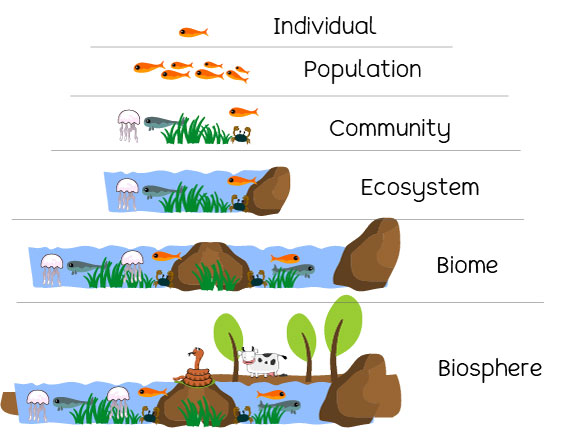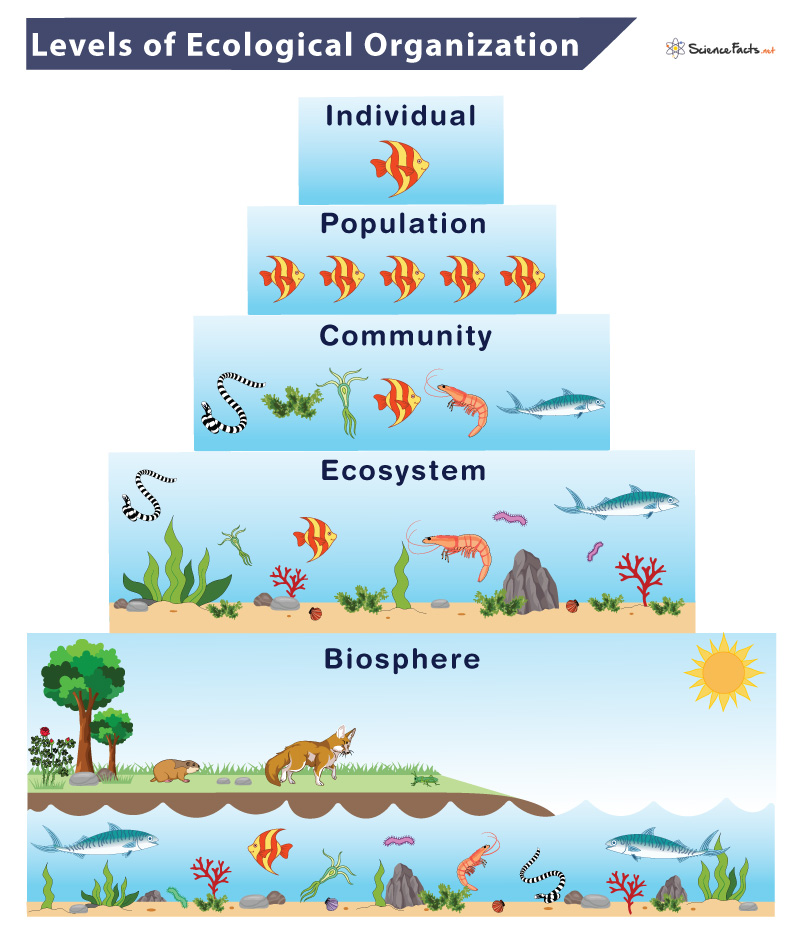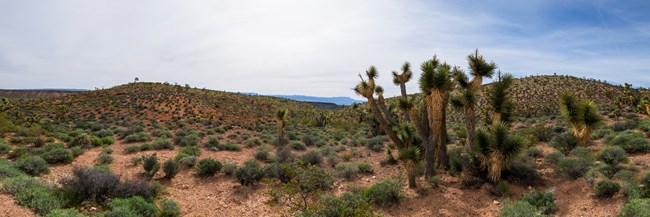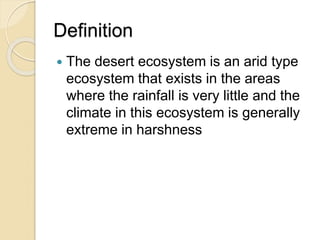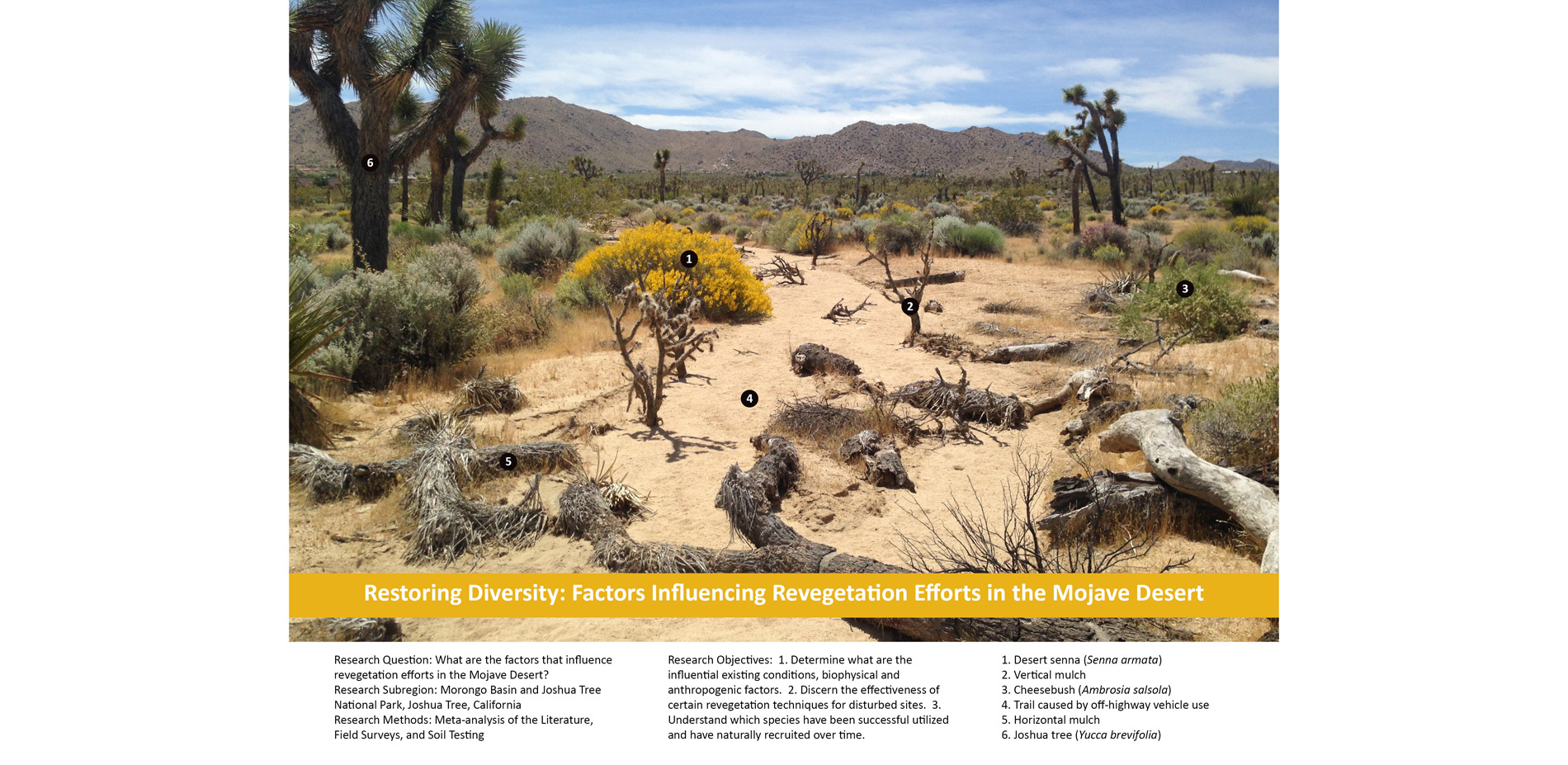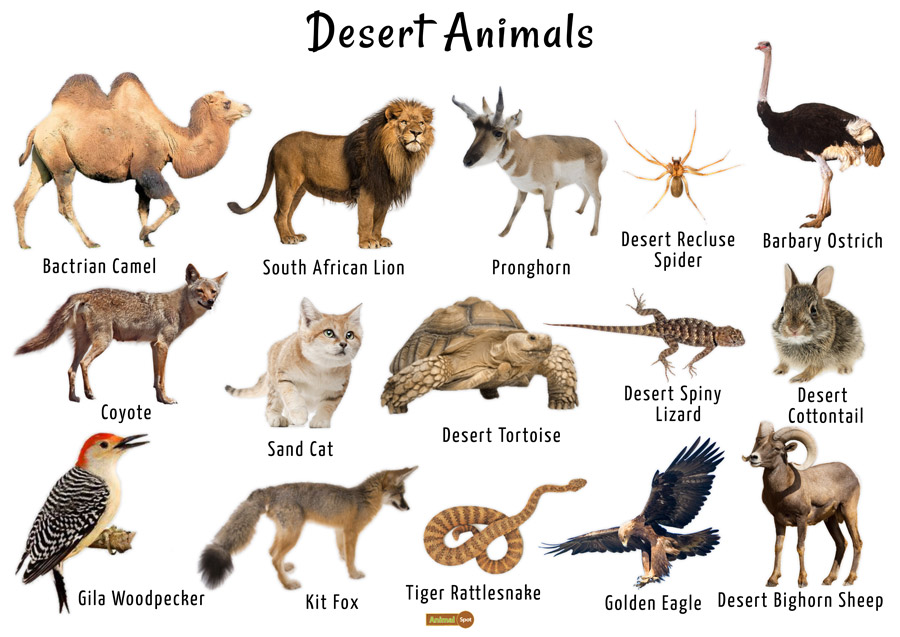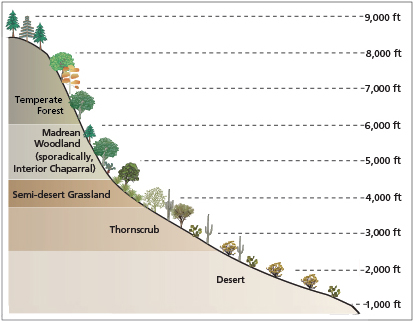Topic ecosystem of ocean: Dive into the vast and vibrant ecosystem of the ocean, where life thrives in depths and shallows, unveiling the mysteries and essential roles of marine biodiversity in our world.
Table of Content
- What are the different types of ecosystems in the ocean?
- Understanding the Ocean Ecosystem
- Key Components of Marine Biodiversity
- Importance of Coral Reefs in Marine Ecosystems
- Marine Ecosystem Services and Human Well-being
- Threats to Ocean Ecosystems and Conservation Efforts
- YOUTUBE: Ocean Ecosystems: Marine and Aquatic Ecosystems Explored at the Teaching Oasis
- Exploring the Oceanic Zones: Intertidal to Abyssal
- Marine Food Webs: From Plankton to Predators
- Impact of Climate Change on Marine Life
- Role of Ocean in Global Climate Regulation
- Innovative Approaches to Protecting Ocean Ecosystems
What are the different types of ecosystems in the ocean?
The ocean is home to various ecosystems with unique features and characteristics. Here are some of the different types of ecosystems found in the ocean:
- Coastal Waters: These are the areas where the ocean meets the land. Coastal waters are highly productive and support diverse marine life. They include areas such as sandy and rocky shores, salt marshes, and mangroves.
- Estuaries: Estuaries are the areas where rivers meet the ocean. They are characterized by a mix of saltwater and freshwater, creating a unique environment. Estuaries are important nurseries for many marine species.
- Open Ocean: The open ocean, also known as the pelagic zone, refers to the vast, deep waters away from the coast. This ecosystem is characterized by nutrient-poor conditions, and the animals that inhabit this zone are adapted to survive in these environments.
- Deep Sea: The deep sea is the region of the ocean below the photic zone, where sunlight does not penetrate. It is one of the most extreme ecosystems on Earth, with high pressure, cold temperatures, and complete darkness. It is home to unique and bizarre species that have adapted to survive in these harsh conditions.
These are some of the main types of ecosystems found in the ocean. Each ecosystem supports a wide range of marine life and plays a crucial role in the functioning of the global ecosystem.
READ MORE:
Understanding the Ocean Ecosystem
The ocean ecosystem is a complex and dynamic environment, home to a vast array of life forms, from microscopic plankton to the largest whales. It encompasses various habitats, including coral reefs, deep-sea vents, and open ocean waters, each supporting unique communities of organisms.
- Marine Biodiversity: The foundation of the ocean ecosystem, featuring a wide range of species with diverse roles in maintaining ecological balance.
- Physical and Chemical Properties: Factors such as temperature, salinity, and ocean currents significantly influence the distribution and abundance of marine life.
- Food Webs: A complex network of predator-prey relationships, with plankton at the base, supporting higher trophic levels including fish, marine mammals, and humans.
- Human Impact: The ocean"s health is increasingly affected by human activities, such as overfishing, pollution, and climate change, threatening biodiversity and ecosystem services.
- Conservation Efforts: Initiatives aimed at protecting marine habitats and species, restoring damaged ecosystems, and promoting sustainable use of ocean resources.
Understanding the ocean ecosystem is crucial for its conservation and the sustainable management of its resources, ensuring that it continues to support a rich diversity of life and provide essential services to humanity.
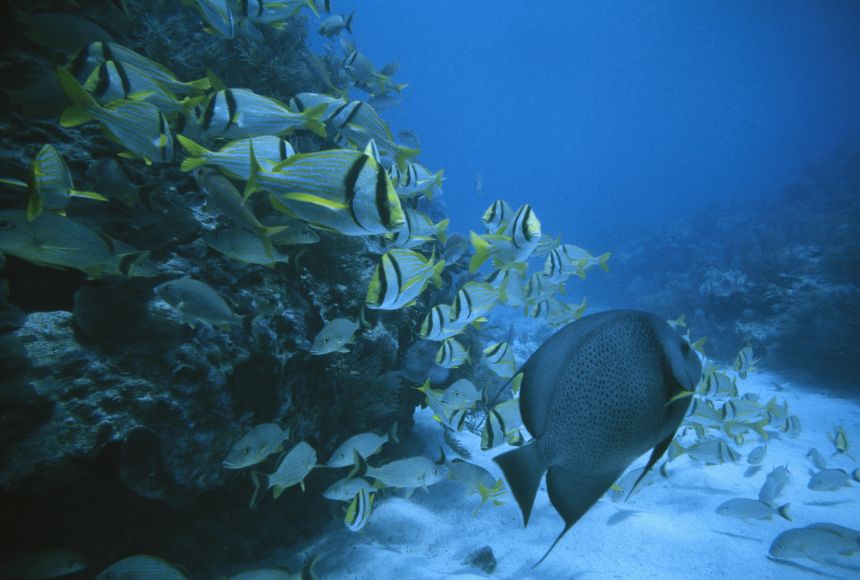
Key Components of Marine Biodiversity
Marine biodiversity is the variety and variability of life forms within ocean ecosystems. It is a critical aspect of the ocean, contributing to the stability and health of the planet. The key components of marine biodiversity include a wide range of organisms, from tiny plankton to the largest marine mammals, and the complex habitats that support them.
- Plankton: The microscopic organisms that float or drift in the ocean currents. They are the foundation of the marine food web, consisting of phytoplankton (plant-like organisms) and zooplankton (animal-like organisms).
- Corals: These are colonies of tiny living animals found in marine waters that contain few nutrients. Coral reefs are vibrant ecosystems teeming with life and are known as the "rainforests of the sea."
- Marine Mammals: This group includes whales, dolphins, seals, and manatees. Marine mammals play significant roles in the ocean"s ecosystems, including maintaining the health of marine environments and contributing to the ocean"s complex food webs.
- Fish: A diverse group ranging from tiny reef-dwelling species to large predators like sharks and tunas. Fish are essential for the ecological balance and economic value they provide to human societies.
- Sea Turtles and Marine Birds: These species often travel long distances and are crucial indicators of the health of marine ecosystems. They also contribute to the balance of marine habitats by their feeding and nesting behaviors.
- Marine Invertebrates: This diverse group includes sea urchins, starfish, and octopuses. They play key roles in nutrient cycling and the food web.
- Seagrasses and Mangroves: These are vital coastal ecosystems that provide breeding grounds, nurseries, and food for many marine species. They also contribute to the health of the planet by sequestering carbon dioxide.
These components are interconnected in a complex web of life, where the decline or loss of one can significantly impact others. Protecting marine biodiversity is crucial for maintaining the health of the ocean and, by extension, the health of the planet.
Importance of Coral Reefs in Marine Ecosystems
Coral reefs, often referred to as the "rainforests of the sea," are among the most diverse and valuable ecosystems on Earth. They play a critical role in maintaining the health and diversity of the ocean. The importance of coral reefs extends far beyond the beauty and biodiversity they are known for; they provide a multitude of ecological, economic, and protective functions.
- Biodiversity Hotspots: Coral reefs support an extraordinary diversity of life, including thousands of species of fish, invertebrates, and other marine organisms. This biodiversity is crucial for the genetic variety it provides, which can be essential for the resilience and adaptability of marine ecosystems.
- Economic Value: Coral reefs are vital to the world"s economies, providing food, jobs, and income to billions of people worldwide. They are key to the fishing and tourism industries, generating billions of dollars annually and supporting numerous communities.
- Natural Protection: Reefs act as natural barriers, protecting coastlines from the effects of waves, storms, and erosion. This protective function helps to preserve beaches and safeguard coastal habitats and communities.
- Scientific Research and Medicine: Coral reefs are living laboratories for scientists, offering insights into life"s processes and evolutionary biology. Many marine organisms found in reefs are used in medical research, leading to the development of new medicines.
- Carbon and Nitrogen Cycling: Coral reefs play a role in the global carbon and nitrogen cycles, helping to regulate the composition of the atmosphere and the ocean. This function is vital for the health of our planet.
The importance of coral reefs cannot be overstated, yet they are among the most threatened ecosystems globally. Climate change, pollution, overfishing, and destructive fishing practices are just a few of the threats that reefs face. Protecting and conserving coral reefs is not just about preserving biodiversity; it"s about maintaining the health of our oceans and ensuring the well-being of communities that depend on them.
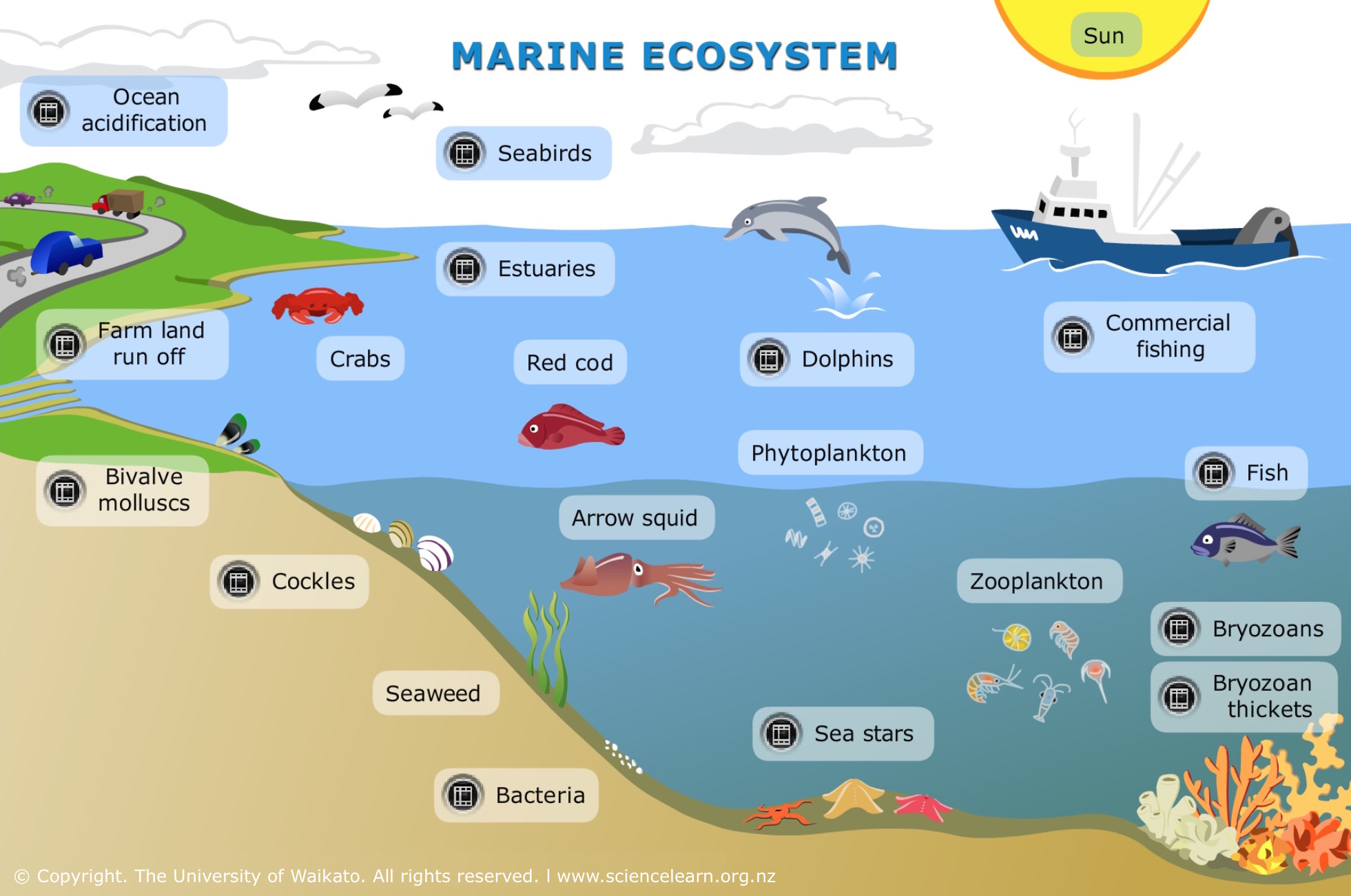
Marine Ecosystem Services and Human Well-being
Marine ecosystems provide a wide array of services that are indispensable to human well-being and the planet"s health. These services range from provisioning and regulating services to cultural and supporting services, each playing a unique role in sustaining life on Earth. The relationship between marine ecosystem services and human well-being is profound, as these ecosystems contribute significantly to economic, social, and environmental dimensions of human life.
- Provisioning Services: The ocean is a rich source of food, providing millions of tons of fish and seafood annually. Beyond sustenance, marine ecosystems supply raw materials like minerals and genetic resources for biotechnology and medicine.
- Regulating Services: Marine ecosystems play a critical role in regulating the Earth"s climate by absorbing carbon dioxide, thus mitigating climate change. Coastal habitats like mangroves and coral reefs protect shorelines from erosion and reduce the impact of storms and tsunamis.
- Cultural Services: Oceans and coasts are integral to human culture, offering recreational, aesthetic, and spiritual benefits. Beaches, coral reefs, and marine wildlife are central to tourism industries around the world, fostering cultural exchange and understanding.
- Supporting Services: These are fundamental processes like nutrient cycling and photosynthesis that maintain the conditions for life in the ocean. Marine ecosystems support the life cycles of countless species, including many that are important to humans.
Despite their immense value, marine ecosystems face unprecedented threats from overfishing, habitat destruction, pollution, and climate change. The degradation of these services can have significant impacts on human well-being, particularly for coastal communities dependent on the ocean for their livelihoods. Recognizing and preserving the critical services provided by marine ecosystems is essential for sustainable development and the well-being of future generations.
Threats to Ocean Ecosystems and Conservation Efforts
Ocean ecosystems face a multitude of threats that endanger marine life and the invaluable services these ecosystems provide. These threats stem from human activities that have escalated over the past century, leading to significant environmental changes. However, global and local conservation efforts are underway to address these challenges, aiming to protect and restore the health of our oceans.
- Climate Change: Rising temperatures and ocean acidification, resulting from increased carbon dioxide levels, affect coral reefs, fish populations, and the distribution of marine species.
- Overfishing: Unsustainable fishing practices deplete fish stocks, disrupt food webs, and lead to the decline of important marine species.
- Pollution: Plastics, chemicals, and other pollutants from industrial, agricultural, and urban runoff contaminate marine ecosystems, harming wildlife and spreading toxins through the food chain.
- Habitat Destruction: Coastal development, bottom trawling, and other activities destroy critical habitats like mangroves, seagrasses, and coral reefs, leading to loss of biodiversity and ecosystem services.
- Invasive Species: Non-native species introduced by human activities can outcompete native species, alter habitats, and disrupt the ecological balance.
In response to these threats, a range of conservation efforts are being implemented:
- Marine Protected Areas (MPAs): Designation of MPAs helps to safeguard critical habitats, preserve biodiversity, and manage fisheries sustainably.
- Sustainable Fisheries Management: Implementing quotas, catch limits, and protected seasons to ensure fish populations remain healthy and ecosystems are not overexploited.
- Restoration Projects: Initiatives to restore coral reefs, mangroves, and seagrass beds are crucial for the recovery of degraded habitats and the services they provide.
- Reducing Pollution: Efforts to reduce plastic use, manage waste, and treat runoff before it reaches the ocean are essential to mitigate pollution.
- Climate Change Mitigation: Global efforts to reduce greenhouse gas emissions are critical to slowing ocean warming and acidification.
Conservation efforts require global cooperation and local action to be effective. By addressing the root causes of environmental degradation and implementing sustainable practices, it is possible to protect ocean ecosystems for future generations.
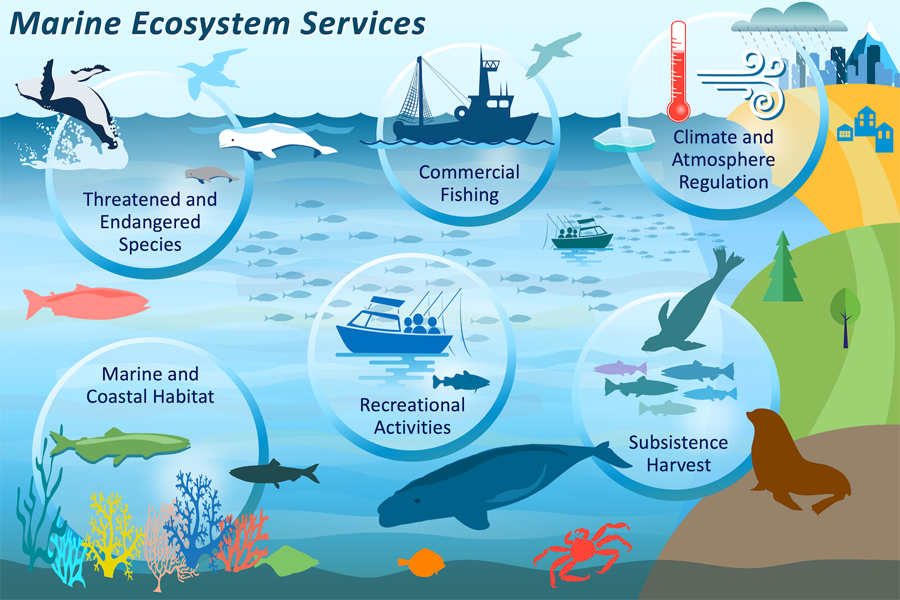
Ocean Ecosystems: Marine and Aquatic Ecosystems Explored at the Teaching Oasis
Dive into the mesmerizing world of marine life and witness the breathtaking beauty that lies beneath the ocean\'s surface. This captivating video will introduce you to a diverse range of marine species and their fascinating behaviors, leaving you in awe of nature\'s wonders.
Biology Animation: Discovering Marine Ecosystems
Are you curious about the intricate workings of life itself? Embark on an enlightening journey through the realm of biology, unraveling the mysteries of living organisms and uncovering the incredible complexities that drive our existence. Prepare to be fascinated by the wonders of the natural world in this captivating video.
Exploring the Oceanic Zones: Intertidal to Abyssal
The ocean is a vast and diverse environment, organized into different zones based on depth, light availability, and ecological characteristics. From the intertidal zone, where the ocean meets the land, to the mysterious abyssal depths, each zone hosts unique life forms and ecosystems. Understanding these zones helps us appreciate the complexity and richness of ocean life.
- Intertidal Zone: This is the area between the high and low tide marks. It is characterized by extreme conditions, with organisms adapted to both immersion in seawater and exposure to air. Species here include tide pool animals like sea stars, anemones, and various shellfish.
- Neritic Zone: Extending from the low tide mark to the edge of the continental shelf, the neritic zone is relatively shallow but teeming with life due to the availability of sunlight. Coral reefs, kelp forests, and seagrass meadows are key ecosystems within this zone, supporting a diverse array of marine life.
- Oceanic Zone: Beyond the continental shelf, the oceanic zone covers the vast, open ocean. This zone is deeper, darker, and less productive, but it"s home to large marine mammals, pelagic fish, and plankton.
- Bathyal Zone: The bathyal zone extends from the edge of the continental shelf down to about 4,000 meters. Light does not penetrate this deep, making the environment cold and dark. Life here is adapted to high pressure and low temperatures, including species like deep-sea fish, squid, and various invertebrates.
- Abyssal Zone: Between 4,000 and 6,000 meters lies the abyssal zone, a vast, flat area covered in soft sediments. Despite the extreme conditions, a surprising variety of life exists here, including deep-sea corals, sponge fields, and unique creatures adapted to life in complete darkness.
- Hadal Zone: The deepest part of the ocean, the hadal zone, is found in ocean trenches and extends beyond 6,000 meters. This zone is the least explored, with life forms that withstand the most extreme pressure conditions, such as certain types of worms and crustaceans.
Exploring these zones reveals the incredible adaptability and diversity of marine life. Each zone presents its own challenges and wonders, contributing to the complex tapestry of life in the ocean.
Marine Food Webs: From Plankton to Predators
The marine food web is a complex network of interconnected food chains that demonstrates how energy and nutrients circulate within ocean ecosystems. This web ranges from the smallest plankton to the largest predators, illustrating the dependency of each organism on another for survival. Understanding the marine food web is crucial for comprehending the balance and health of marine environments.
- Primary Producers (Phytoplankton): At the base of the food web are phytoplankton, microscopic plants that produce energy through photosynthesis. They are the primary food source for many marine organisms and are crucial for the ocean"s carbon cycle.
- Primary Consumers (Zooplankton and Small Fish): Zooplankton, which includes tiny crustaceans and larval stages of larger animals, feed on phytoplankton. Small fish, in turn, feed on zooplankton, forming the next link in the food web.
- Secondary Consumers: These are larger fish and some marine mammals that feed on smaller fish, transferring energy up the food web. Their diet can vary widely, including squid, crustaceans, and other fish.
- Tertiary Consumers: Apex predators, such as sharks, orcas, and large marine mammals, reside at the top of the food web. They feed on secondary consumers and help maintain the balance of marine ecosystems by controlling populations.
- Decomposers: Bacteria and other microorganisms break down dead organisms and waste products, recycling nutrients back into the ecosystem. This process is vital for the health of marine habitats.
Marine food webs also include many symbiotic relationships and complex interactions that contribute to the diversity and resilience of ocean ecosystems. Factors such as climate change, pollution, and overfishing can disrupt these delicate webs, leading to significant ecological consequences. Protecting the integrity of marine food webs is essential for sustaining the rich biodiversity of our oceans.

Impact of Climate Change on Marine Life
Climate change is exerting profound effects on marine life, altering habitats, food webs, and the distribution of species. The impacts are wide-ranging, affecting not only marine organisms but also the human communities that depend on the ocean for food, income, and protection. Understanding these impacts is crucial for developing strategies to mitigate climate change and adapt to its inevitable effects.
- Ocean Warming: Rising sea temperatures affect marine ecosystems by causing shifts in species distribution, altering breeding cycles, and reducing habitat suitability for cold-water species.
- Acidification: The ocean absorbs a significant portion of atmospheric CO2, leading to ocean acidification. This process weakens coral skeletons, impacts shellfish growth, and disrupts sensory systems in fish.
- Sea Level Rise: The expansion of warmer sea water combined with melting ice caps contributes to sea level rise, threatening coastal habitats like mangroves and wetlands, which are crucial for biodiversity and coastal protection.
- Deoxygenation: Warmer waters hold less oxygen, leading to ocean deoxygenation. Low oxygen levels can create "dead zones" where life is unsustainable, disrupting food webs and marine biodiversity.
- Changes in Weather Patterns: Climate change affects weather patterns, leading to more frequent and severe storms, altering ocean currents, and impacting marine food webs and breeding grounds.
The cumulative effects of climate change on marine life necessitate urgent and comprehensive conservation and mitigation efforts. Protecting and restoring marine ecosystems, reducing greenhouse gas emissions, and enhancing the resilience of marine species and communities are essential steps in addressing the impact of climate change on marine life.
Role of Ocean in Global Climate Regulation
The ocean plays a pivotal role in regulating the Earth"s climate system, acting as a heat and carbon sink, influencing weather patterns, and maintaining the delicate balance necessary for life. The vastness of the ocean and its complex processes make it a critical component in global climate dynamics, affecting both short-term weather phenomena and long-term climate trends.
- Heat Regulation: The ocean absorbs and stores solar energy, distributing heat around the globe through currents like the Gulf Stream. This regulation of heat is essential for maintaining stable climates, particularly in coastal regions.
- Carbon Sequestration: Phytoplankton in the ocean surface waters use carbon dioxide for photosynthesis, playing a significant role in the global carbon cycle. The ocean absorbs a large portion of CO2 emissions, helping to mitigate the impacts of climate change.
- Water Cycle: The ocean is a key component of the water cycle, providing the moisture that forms clouds and precipitation. Evaporation from the sea surface is a major source of rainwater, which supports terrestrial ecosystems and human needs.
- Weather Patterns: Ocean currents and temperatures have a direct impact on weather patterns, influencing phenomena such as El Niño and La Niña, which have significant effects on weather across the globe.
- Ice Formation and Melting: Polar ice caps and sea ice reflect sunlight, helping to cool the planet. The melting of ice due to global warming contributes to sea level rise and further climate change through feedback mechanisms.
Protecting the ocean"s health is crucial for maintaining its ability to regulate the global climate. As climate change poses increasing threats to oceanic systems, efforts to reduce greenhouse gas emissions and protect marine environments are essential for the stability of our climate and the well-being of Earth"s ecosystems.
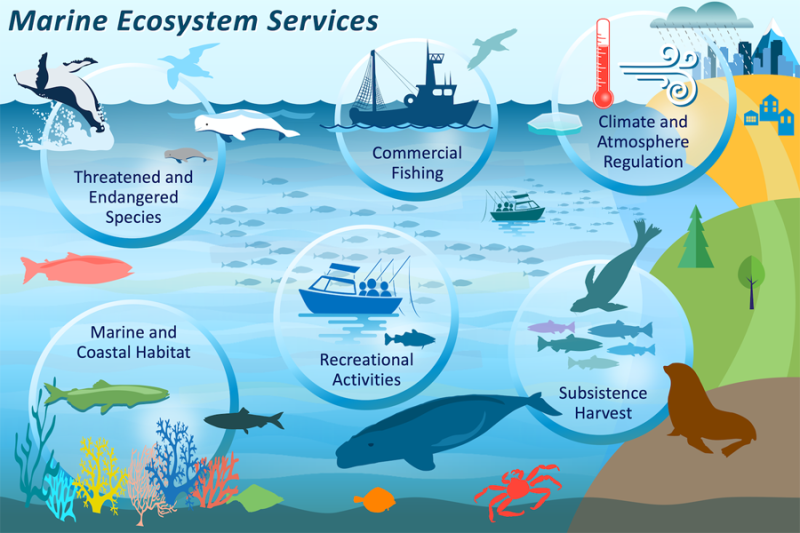
READ MORE:
Innovative Approaches to Protecting Ocean Ecosystems
In the face of increasing threats to ocean ecosystems, innovative and collaborative approaches are being developed and implemented to ensure their protection and sustainability. These strategies harness new technologies, community involvement, and interdisciplinary research to address the complex challenges facing marine environments.
- Marine Protected Areas (MPAs): Expanding and effectively managing MPAs to create safe havens for marine life, allowing ecosystems to recover and thrive without human interference.
- Restoration Technologies: Utilizing advanced technologies for habitat restoration, including coral reef 3D printing and the development of artificial structures to support marine life and promote biodiversity.
- Citizen Science Programs: Engaging the public in scientific research and monitoring to increase awareness, gather data, and involve communities in conservation efforts.
- Sustainable Fisheries: Implementing innovative fishing techniques and management practices that reduce bycatch and overfishing, ensuring fish populations remain healthy and ecosystems are balanced.
- Climate Resilience: Developing strategies to enhance the resilience of marine ecosystems to climate change, such as protecting carbon-rich coastal habitats like mangroves and seagrasses that also act as natural climate buffers.
- Plastic Pollution Solutions: Deploying novel materials and circular economy approaches to reduce plastic use and enhance recycling, along with technologies to remove plastics from the ocean and prevent further pollution.
- International Collaboration: Strengthening global cooperation through treaties, partnerships, and shared initiatives to address transboundary conservation challenges and share best practices for marine protection.
These innovative approaches represent a holistic and forward-thinking response to the urgent need for ocean conservation. By combining technology, community action, and policy, we can work towards a sustainable future for our oceans and the myriad of life they support.
Discover the wonders and crucial roles of ocean ecosystems, and join the global effort to protect this vital part of our planet for future generations.
